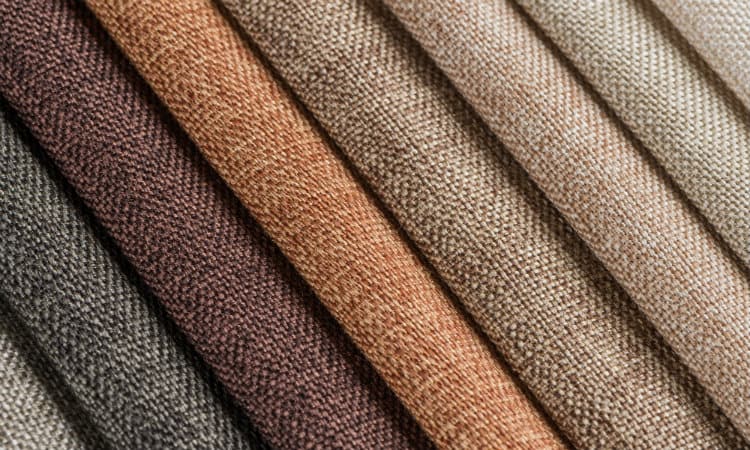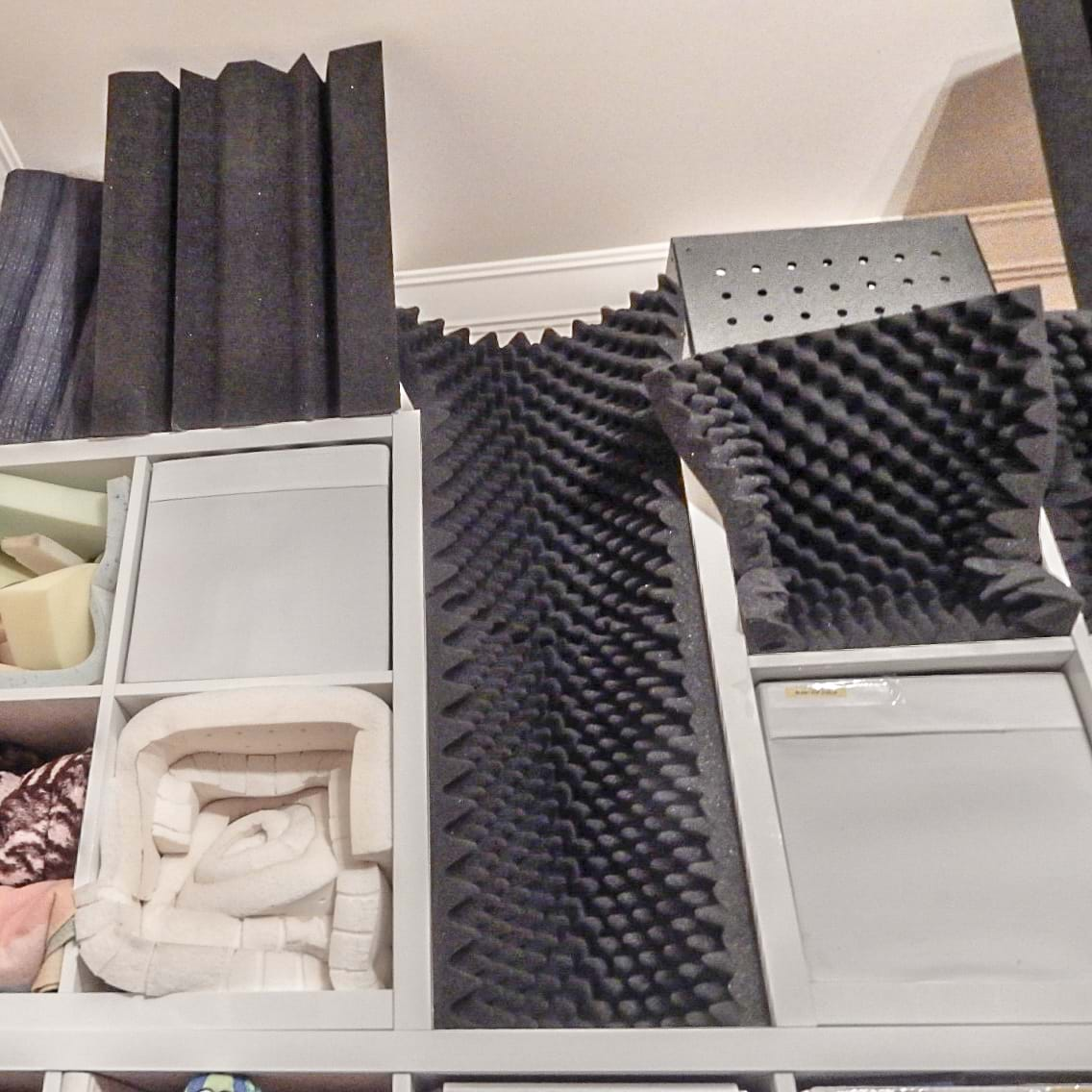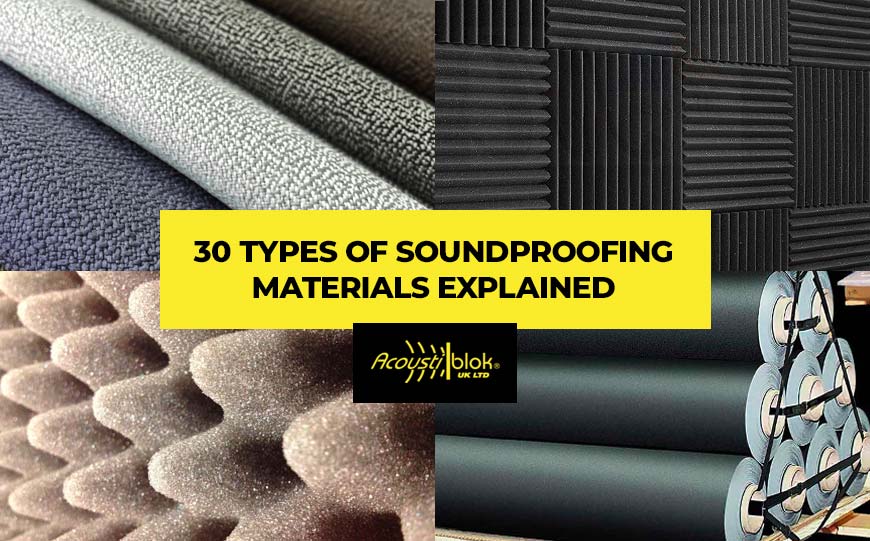How to Test Which Material Is Best for Sound Absorption
Today were going to explore how some. So if you want to be able to hear easier within your space sound absorption products are your go-to solution.

13 Best Sound Absorbing Materials To Improve The Acoustics In Your Room
The best material to absorb sound will be one of the products sold for this purpose.

. In any case you wont get great performance below 80Hz. Acoustic insulation membranes and fiberglass are perfect for most projects. You can often improve the performance of a material at low frequencies by spacing it away from the wall.
The best material to use is dependent on the project and how much sound has to be dampened. This test method has been applied in order to measure the sound absorption coefficient of absorptive materials. The international standard ISO 354 describes the reverberation room RR method.
Most of the sound-absorbing materials available in the marketplace are porous absorbers. Absorption refers to the process by which sound absorbing material takes in the energy of a sound wave rather than reflecting the energy. Noise Reduction Coefficient NRC and Sound Absorption Average SAA Ratings are single number ratings used to rate the sound absorption performance of different acoustical products.
3-4 thick rigid mineral fiber rockwool is possibly the best broadband material but absorption performance 100Hz is a fraction of its performance 100Hz. Properties of Materials Muffling Sound. Take a look at the JCW Acoustic Supplies range of Floor Soundproofing products.
The NRC rating is determined by testing the sound absorption material using a speaker and a microphone. Natural fiber material is the earliest sound absorption material. Be the first to get your 12-pack Set today.
While the use of those natural fiber composites is restricted due to their poor fireproof damp-proof and decay properties. Plywood 3mm 18 paneling over 571mm 2-14 airspace Plywood 5mm 316 panel 25mm 1 fiberglass in 50mm 2 airspace. Next a sample of the material is placed in the RR.
You can obviously get materials that are better at absorbing sound kind of soft materials fabrics cloth that you wrap around things when you go into soundproof places. Porous absorbers are the best at dealing with the mid-range frequencies that our ears can pick up on. Sound Absorption by Porous Materials Noise and Vibration Short Course p 1 u 1 p 2u 2 S L A B x 0 x L Solve for A B in terms of p 1 u 1 then put into equations for p 2 u 2.
The measurements are done in a large room with a diffuse sound field ie. Sound absorption material is tested using a speaker and a microphone. Jess - Theres a few different ways you can do it and it depends how much money you want to spend really.
With so many reasons for sound deadening and so many sound-deadening materials available for. The sound has evenly distributed angles. So the common solution is heavy carpets and drapes as well as furnishings.
Box could be as simple as a cardboard box large enough to fit speaker microphonemeter whatever material you are testing. The best sound deadening materials are dense absorb sound disperse sound or block the sound waves entirely. This effectively reduces the level of echo and sound waves that travel within your space.
For example acoustic wall panels have an NRC rating of 10 so they absorb 100 of the sound waves that come into contact with them and. They work by converting the energy found in sound waves into a very small amount of heat energy. First the reverberation time of the empty RR is measured T0 usually in third octave bands.
Ad Keep Loud Noises Away with the All New Decolure Acoustic Foam Set. The NRC of a material tells you how much sound a material absorbs and how much sound a material reflects. Note that the determinant A 1 D 1-B 1 C 1 1 must have plane waves The Straight Tube px Aejkx Bejkx ux 1 jkρ o c dp dx p0 p 1 AB u0u 1 AB ρ o c pL p 2 AejkL BejkL.
The sound absorption coefficient is normally measured by the room method. Briefly mentioned above sound absorption is measured by the NRC or Noise Reduction Coefficient of a material. There are low-frequency energy waves and then there are middle and.
Absorption coefficients of common building materials and finishes. They usually come as fairly dense boards. Weve talked about properties of materials before when weve investigated how waterproof materials are or how strong they are weve even organised different objects by the material theyre made from by looking at the properties of those materials.
Repeat testing with each material making sure to eliminate every other variable from the test except what youre actually testing. Speaker on one side micmeter on the other test material jn between. Whereas the SAA is the twelve frequency.
Basically the sound absorption coefficient is calculated from the reverberation times T0. α ranges from 0 total reflection to 100 total absorption. There are three main frequency ranges that we must deal with in order to determine what the 10 best natural sound absorption materials are.
The NRC is the average of the sound absorption coefficients at 250 500 1000 and 2000 Hertz. If you can coat all surfaces yes you will get better sound absorption but that can all add up to be fairly expensive. The reverberation time T1 is measured again in third octave bands.
Determining the top 10 best sound absorption materials must be done by calculating the frequency range of the energy you are trying to absorb. How do we measure sound absorption. See our Cinema and theatre room products and solutions.
The sound absorption test was conducted according to the standard test method for the impedance and absorption of acoustical materials using a tube two microphones and a digital frequency analysis system 51. Physicist Jess Wade explained which materials aborb sound the best. The composites of natural fibers like hemp fibers coconut shell fibers and others have wide sound absorption frequency bands.
A materials sound absorbing properties are expressed by the sound absorption coefficient α alpha as a function of the frequency. A fully enclosed room is set up with a speaker on one end and a microphone on the other.

10 Examples Of Best Sound Absorbing Materials Acoustic Materials

Best Sound Absorbing Acoustic Fabrics For Noise Reduction

What Soundproofing Material Works Best Activity Teachengineering

0 Response to "How to Test Which Material Is Best for Sound Absorption"
Post a Comment